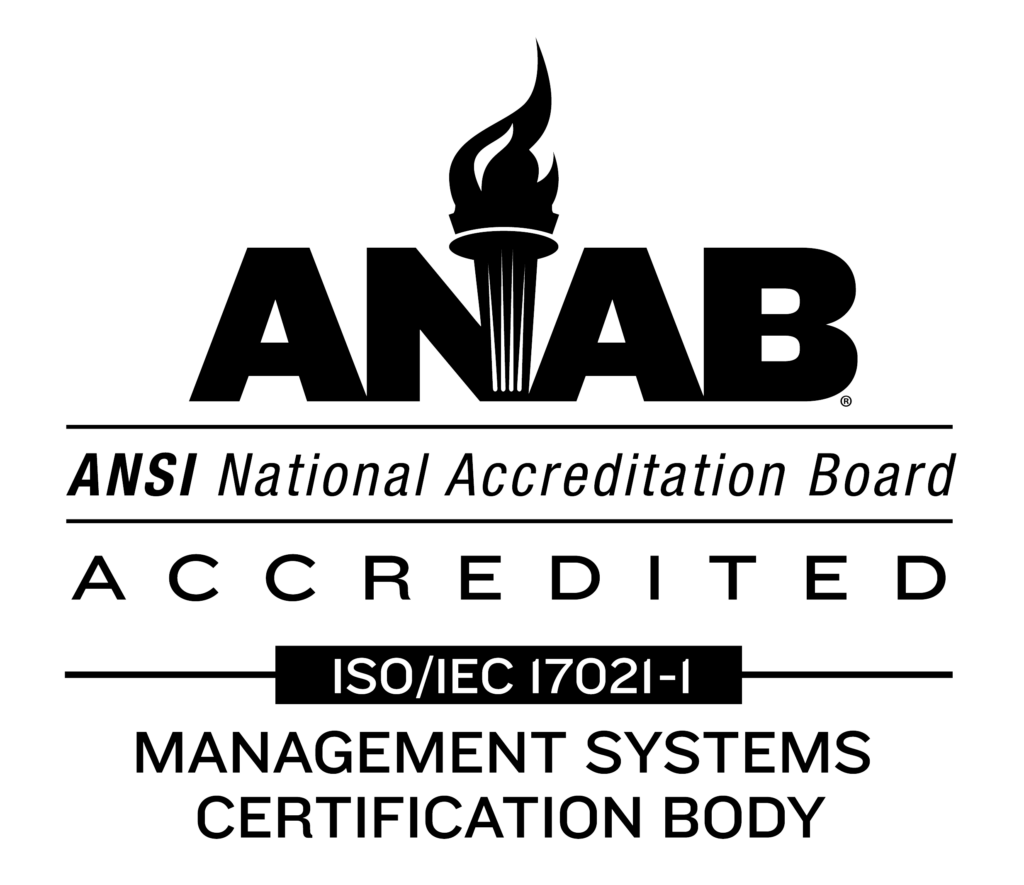If your company is grappling with the shift towards wireless connectivity and automation, you’re certainly not alone. As more processes are automated, especially within industrial markets like oil and gas or utilities, data has become a valuable asset that provides critical information for operations and performance. Up and coming industry leaders are pushing for modern Industrial IoT (IIoT) networks, as the older, more traditional workforce heads towards retirement. As a result, the processes of yesterday are being phased out – especially when it comes to choosing between hardwire and wireless for remote deployments.
For many, wireless solutions have been accepted for some time as the primary means in which data is collected, transported and analyzed. Frequency Hopping Spread Spectrum (FHSS)-based technology in particular is proven to be a reliable and maintainable wireless option. Now, however, we are facing an entirely new realm of opportunity with FHSS-based programmable wireless technology that is molding the future of data collection.
Here are five reasons why you need to consider programmable wireless technology for your IIoT network:
- Bring it all to the Cloud – Programmable wireless solutions are equipped with the ability to incorporate custom, third party applications at the Edge. When we talk about the Edge, we essentially mean the outermost layer of the network. For industrial networks, the Edge is often a remote area where mission critical operations occur. In order for the business to capture a holistic view of their entire network, many have added sensors and other data-capturing devices at the Edge. By adding third party applications with new programmable wireless technology, businesses are able to expand automation capabilities, reduces costs, simplify operations and enable data transmission directly to a private or public cloud.
- Smart Data Over Big Data – The goal of achieving ‘Big Data’ is common practice in most modern IoT and IIoT networks. Decision makers recognize the power of data and know they need to receive it from every network end-point. We’ve seen this to be true purely in the proliferation of sensors and IoT devices deployed across the U.S. that continues to grow. Having programmability at the edge of the network offers a big advantage, because you have the ability to control of the quality of the data. Even better than Big Data is access to the specific, timely data that is most pertinent to your business operations.
- Robust and Reliable Technology: Programmable wireless solutions are equipped to embrace the future of data collection. The beautiful thing about these solutions is that the backbone of the technology is FHSS. This particular Radio Frequency (RF) technology has been proven in some of the most adverse conditions imaginable. These technologies are trusted by the government to maintain their links and have proven to operate in some of the most dreadful and intense environments in the world . Where performance is critical – these solutions have proven to work for decades and now programmable options can reliably bring this data directly to the cloud.
- Flexible and customizable– We are all privy to the fact that no two networks are the same. With programmable options, radio functionality is customizable to the specific needs of the network. Despite the variances, remote networks likely have one thing in common – data needs to be transported across significant distances. Programmable wireless technology is built to be deployed at nearly any point in the network where sensors are collecting data. This is an area in which traditional hardwire solutions almost always fall short, as most businesses cannot afford the cost of running hardwire to these remotes sites. Besides, there are wireless options that are built for easy installation and long-range communications that simply make the most sense for remote deployments.
- Meeting Modern Demands– Today, IT and OT departments are one in the same. These modern networks eliminate barriers which is conceptually great for operations. However, like any major disruption, convergence has created a number of challenges from visibility, to cultural difference, to security. To ease some of these tensions, modern wireless solutions are designed to drive connectivity for the entire network, and are even able to tie in legacy systems from the field. Many FHSS-based technologies offer secure-data transmission, and by leveraging the programmable wireless technology, and you can bring data to the cloud.
Wireless technology is recognized as a necessary solution for remote operations. As IIoT networks mature, there are stark advantages in leveraging programmable solutions. Not only do they rack up cost savings and streamline operations, but they are deployed at the edge of the network with minimal hassle and are built to deliver in any environment.





